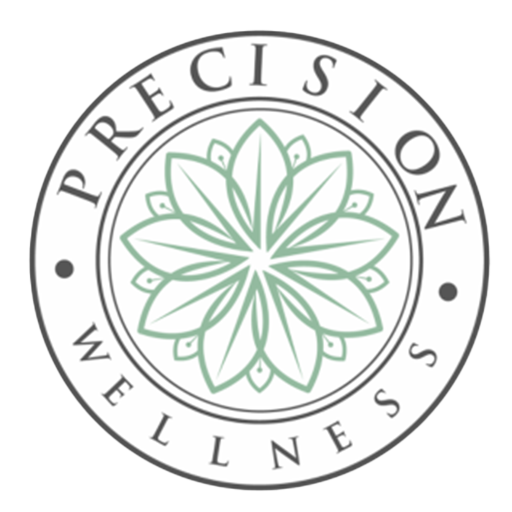A growing body of research shows massage therapy can be an effective part of pain relief and management. This research data, and the experience of our physicians, massage therapists, and patients, should encourage pain specialists to consider incorporating massage therapy into their pain management programs.
Some hospitals are including massage therapists in patient care teams to fight pain. Their teams may include a physician, several nurses, a nutritionist, a yoga instructor, a chaplain, and a massage therapist. Often, the hospitals are including massage because of public demand. These massage techniques are not only being incorporated into hospitals for serious injuries but can also be used to combat certain discomforts which someone may have. Contact Precision Wellness to evaluate the effectiveness of massage pain therapy and to determine which combination of therapies works best for different types of patients and different types of pain.
The effectiveness of massage lies in a simple and direct strategy: we work from the external, outer mechanisms of pain to the primary, root cause. Precision Wellness’ massage therapists utilize a holistic approach, focusing on the entire body system and its relationship to soft tissue. Our care isn’t focused only on the site of pain.
Another benefit of massage therapy from a patient perspective is how it helps our patients become more aware of their bodies and better familiarize them with the pain they experience. Our massage therapists not only help relieve muscle and other soft tissue pain but also have an impact on the patient by virtue of human touch. One of our massages can help you feel comfortable with your body once again. This comfort level can improve your confidence and allows you to better deal with pain while benefiting from various other forms of massage that focus on lymph drainage and muscle pain, as well as other pain management therapies.
The potential for a positive impact on patients with acute or chronic pain is clear. As it stands, enough research exists to encourage pain management specialists and massage therapists to forge professional relationships. These pain management relationships should exist in the hospital, in clinics, in private practice offices, and in-home care, as it exists in our team’s strategy.
